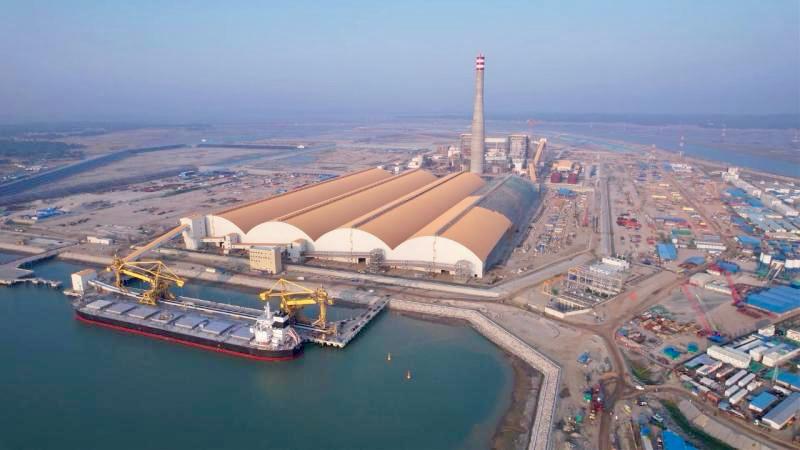Cox’s Bazar — After years of speculation and delays, the long-anticipated construction of the Matarbari Deep Sea Port in Maheshkhali will finally begin. The formal agreement for the project will be signed in Dhaka on April 22 between the Chattogram Port Authority and Japanese firms, marking the official commencement of the Tk 6,196 crore first-phase terminal construction.
Initially estimated at 9,000 crore, the Matarbari project has ballooned to 24,381 crore due to repeated delays and complexities. The full-scale port — a joint initiative involving the Bangladesh government and Japan — will be developed in phases, with the first phase including two jetties forming a modern terminal.
Years earlier, a 6.5 km-long and 14.5 m-deep artificial channel was constructed at Matarbari, and massive coal-carrying vessels had already docked there for the adjacent coal-fired power plant. However, the construction of the deep-sea port has been stalled multiple times.
The new phase, funded entirely by the Japan International Cooperation Agency (JICA), will be executed by two Japanese construction companies — Penta-Ocean and Toa Corporation — under a four-year contract. The plan includes a 460-meter container jetty and a 300-meter multipurpose jetty.
“This agreement will be signed for around Tk 6,197 crore, fully funded by JICA. The contract will remain effective until December 2029, by when the terminal must be completed,” said Mohammad Omar Faruk, Secretary of the Chattogram Port Authority.
The port is central to Bangladesh’s ambition of creating the region’s largest energy hub in Matarbari. An SPM (Single Point Mooring) landing station has already been installed there to facilitate offshore oil supply.
Rear Admiral SM Moniruzzaman, Chairman of the Chattogram Port Authority, said, “The energy hub at Matarbari, along with the SPM station, will significantly strengthen port operations.”
Although multiple countries showed interest over the past decade, Bangladesh eventually selected Japan as its partner, mainly due to the promise of cutting-edge technology and timely execution. Project insiders are optimistic that the construction could be completed before the 2029 deadline.
Mohammad Zafar Alam, former Project Director of the port, stated, “We are using advanced technologies for this port. Many of the components will be pre-fabricated overseas and installed here, which will speed up construction.”
Thanks to its 14.5-meter-deep channel, Matarbari will be able to host the world’s largest container vessels, each capable of carrying 8,000–9,000 containers. The arrival of large ships is expected to reduce import costs significantly.
“If cargo vessels with capacities of 80,000 to 100,000 tons can anchor here, the per-unit cost of goods will naturally decrease. Therefore, the port should become operational as soon as possible,” said Shafiqul Alam Chowdhury, Vice President of the Bangladesh Shipping Agents Association.
Once operational, the Matarbari Deep Sea Port is projected to handle 1.1 million containers annually by 2029, increasing to 2.6 million by 2041—transforming Bangladesh’s maritime trade and boosting economic growth.
By Mohammad Morshed
File Photo










